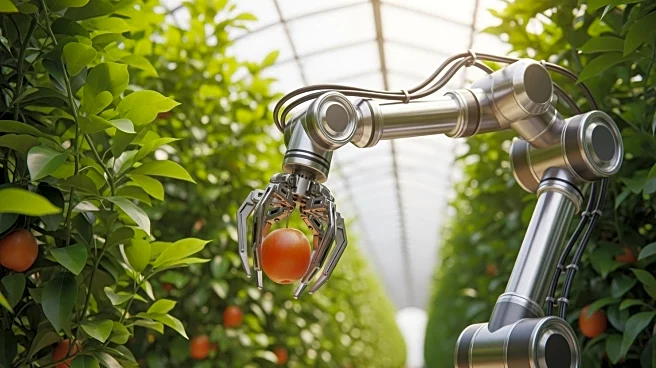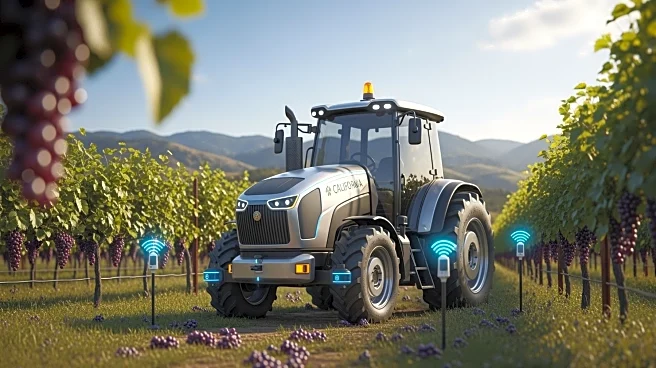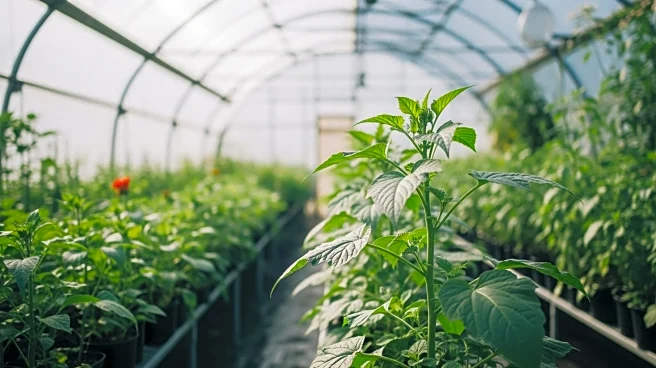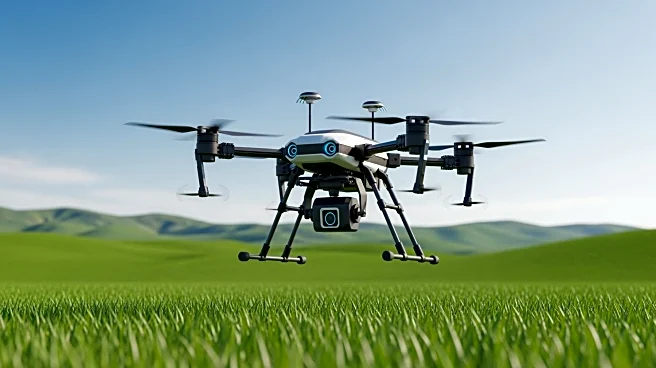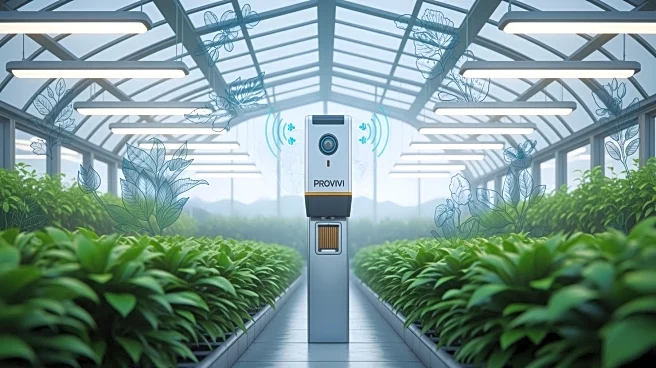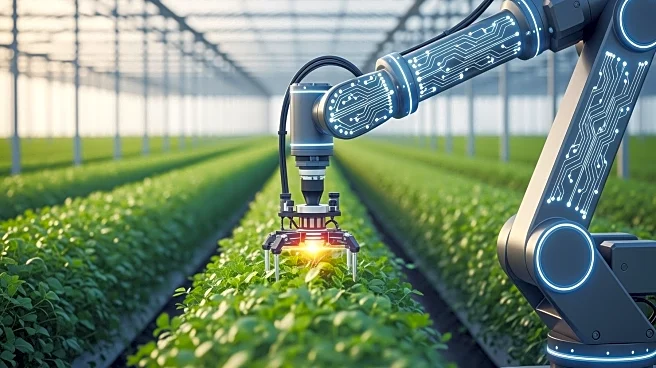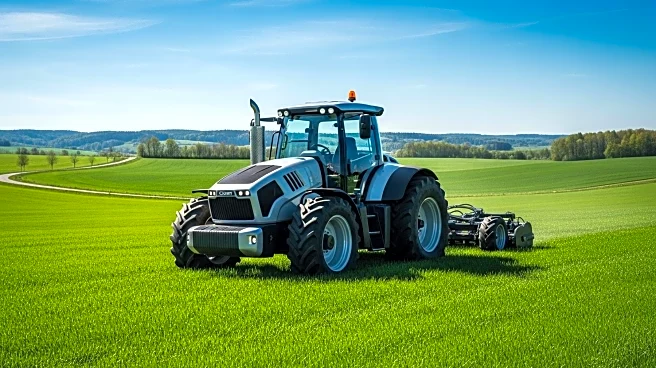What's Happening?
California is advancing its agricultural autonomy initiative, focusing on integrating modern technology like autonomous tractors into farming practices. This effort is driven by the need to address labor
challenges, tight margins, and sustainability pressures. The initiative involves collaboration between technology innovators, equipment manufacturers, growers, and regulators to ensure safe and legal operation of autonomous systems. California's existing agricultural safety regulations, such as Title 8, Section 3441(b), are being adapted to accommodate these new technologies, with a focus on removing operators from harm's way and enhancing worker safety.
Why It's Important?
The initiative is significant as it positions California as a leader in agricultural technology, potentially setting global standards for safety and scalability. By modernizing safety regulations and fostering collaboration, California aims to reduce accidents and enhance the competitiveness of its agricultural sector. This approach not only protects workers but also supports growers in adopting innovative tools, thereby strengthening the state's role in feeding the nation and the world. The success of this initiative could serve as a model for other states and countries looking to integrate technology into agriculture.
What's Next?
The ongoing collaboration between regulators and industry stakeholders is expected to continue, with field trials and real-world safety data playing a crucial role in updating policies. As technology evolves, further adjustments to safety standards may be necessary to ensure the safe and effective use of autonomous systems in agriculture. The initiative's progress will likely influence similar efforts in other regions, potentially leading to broader adoption of agricultural autonomy technologies.
Beyond the Headlines
The initiative highlights the ethical and cultural dimensions of integrating technology into traditional farming practices. It underscores the importance of balancing innovation with safety and the need for transparent communication between stakeholders. The long-term impact could include shifts in labor dynamics and the role of technology in sustainable agriculture.
